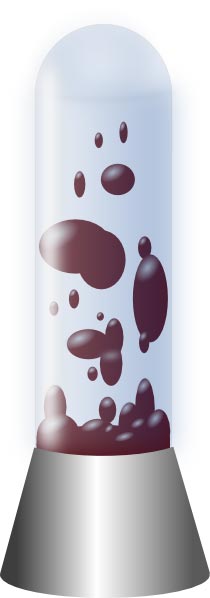It's Friday again. That means your trying to figure out exactly what you're doing this weekend. Well, good news: I have a science experiment that will be fun for you and your children! What child doesn't request experiments that explode, sparkle or use fire? The more she-bang, the better. Let your children lead you through this sparkly explosion and you'll love the creation as much as they do.
Here's what you'll need:
- A vase
- Baking soda
- Vinegar
- Food coloring (in your child's favorite color, of course!)
- Blue glitter (Glitter is integral to this activity, but you can use any color you'd like.)
- Other supplies like salt, spaghetti noodles, pepper and anything else you and your child dream up
- A pan to contain the mess
Now that you have everything you need, here's what you'll need to do.
- Start by placing 2-3 tablespoons of baking soda into the bottom of the vase and then place the vase in the pan.
- Add 6-7 drops of food coloring and 1-2 teaspoons of glitter to the vase.
- Quickly pour in about 1/2 cup of vinegar and then...watch for the sparkles!
- When the reaction is over, repeat the experiment, but this time let your child choose what supplies they want to add. For example, what does pepper look like in the "explosion?" Does salt change how the reaction works? What if you add spaghetti noodles? Remember that you and your child are experimenting, so let them change the variables, predict what they think will happen and then view the results.
At some point in the experiment, review with your child that baking soda and vinegar react when mixed together to make an explosion. If you're child is old enough, go further and explain that baking soda is a base while vinegar is an acid, and that mixing any base with an acid results in some sort of reaction. Carla did this experiment with her children, check out how it went and what she has to say.





